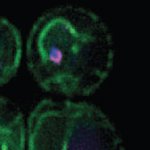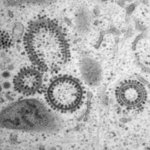Research
The mechanism of autophagy
We use yeast Saccharomyces cerevisiae as the model system to uncover the molecular function of the autophagy-related proteins and study the membrane rearrangements that lead to the de novo formation of autophagosomes.


The interaction between viruses and autophagy/autophagy-related
We study autophagy-virus interactions. In this framework, we were among the first to discover that autophagy-related proteins also operate outside the context of autophagy. This novel research area has important implications, as ATG proteins with multiple functions might be regulatory hubs. We also exploit viral infections to identify novel unconventional functions of autophagy-related proteins.
Autophagy in preventing neurodegeneration
We investigate the mechanism underlying aggrephagy, the selective degradation of aggregates by autophagy, which could be relevant in the development of strategies preventing neurodegeneration. Here, we benefit from a new system that allows monitoring aggrephagy in real time.


Electron microscopy applied to solve biological questions
We develop and adapt electron microscopy methods to study the ultrastructural organization of cells and tissues in 2D and 3D, and localize specific proteins and structures in those preparations with nanoscale precision, using immunogold labelling or correlative light-electron microscopy (CLEM).